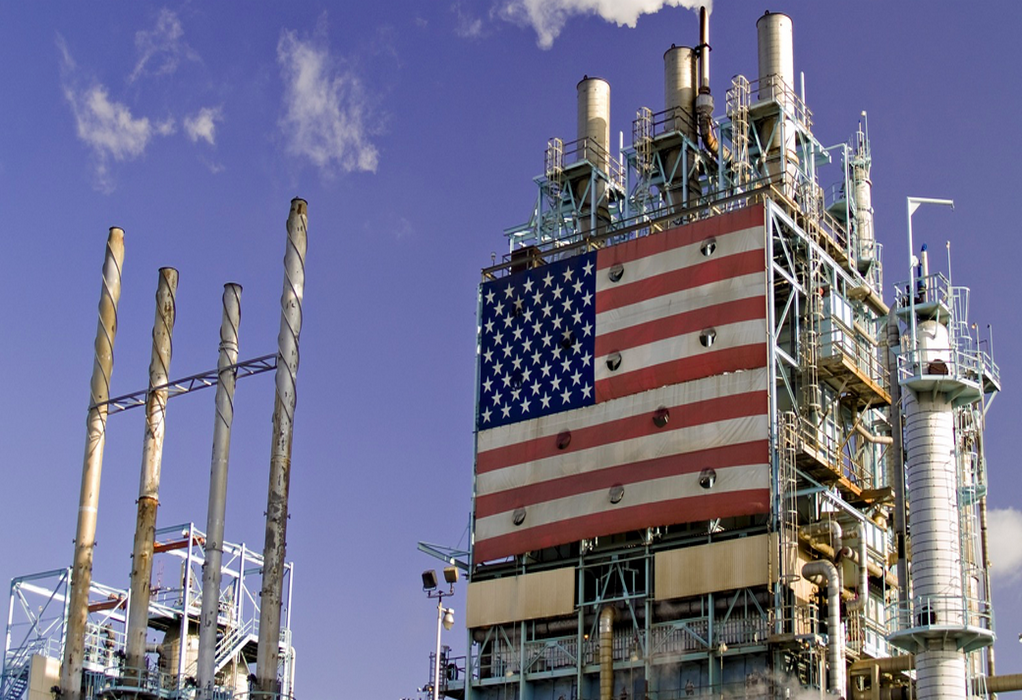As US production of crude oil continues to climb towards its pre-pandemic production levels of 13 million barrels a day – a welcome development given high gas prices – the need for new investment to facilitate exports and imports is growing.
While US consumption almost equals what we produce, we still export and import a considerable amount of oil for a variety of reasons, most of which have to do with the capacity of U.S. oil refineries as well as the grade of oil that can be refined domestically.
One development that has both made shipping oil more cost effective and reduced its environmental impact has been the advent of Very Large Crude Carriers, or VLCC, which have the capacity to carry as much as 80 million gallons (2 million barrels) of crude at a time. Having fewer and larger ships carrying crude reduces emissions and lessens the risk of an incident that might potentially spill oil.
The United States has only one deepwater port currently operating that can load VLCC’s directly, but several more are in the planning and approval process, nearly all of which would be off of the Texas Gulf Coast. These offshore ports are being touted by the industry as an important step for domestic energy exports.
There are numerous steps in the process to obtain a license from the U.S. Maritime Administration that must be accomplished before any construction can begin, including a thorough environmental impact and safety review.
Enterprise Products’ Sea Port Oil Terminal (SPOT) is the first applicant in the queue, having recently gone through its public comment period for its Final Environmental Impact Statement (FEIS). As expected, SPOT (and all deepwater port applicants) received significant commentary from the public, including many environmental organizations.
But the public isn’t the only group weighing in on SPOT’s deepwater port project. Notably, the American Bureau of Shipping (ABS), the preeminent ship classification society in the country and one of the biggest in the world, filed a comment indicating that SPOT’s deepwater port design would not meet its new rule requirements that take effect in 2023.
The issue, which several marine experts also identified in their public comments, concerns the risks created by SPOT’s plan to put their Single Point Mooring (SPM) buoys over half a mile closer to their platform than any other design under consideration—or other existing designs elsewhere.
It appears that this rule change by ABS will ultimately require a design change to SPOT’s offshore terminal, which may not come until after SPOT receives its license. But according to these marine experts that commented on SPOT application, the likely design change is extremely problematic because moving the SPM further from the platform would result in different environmental impacts that were not evaluated and disclosed in this recent process.
The ABS and some of the other commenters are strong supporters of deepwater ports, so raising these alarm bells appears to come from a place of concern that design flaws could create unnecessary risks and problems for the industry writ large and are not merely dilatory. The question is whether the government will grant a license to SPOT amid this significant development or require SPOT to adjust their design before the process can continue.
It is clear this issue is significant enough to warrant further consideration before a flawed system design carries the fate of an industry with it.
Tags: Crude Oil, New design, US, US Refineries

Recent Posts
IIT Bombay partners with HSBC to support green hydrogen initiatives
ARAI receives 13 bids for green hydrogen projects
Crude oil consumption increased by 4.6% in FY24: PPAC
ABS releases technical and operational advisory on methanol bunkering
Carras Aquataurus becomes world’s first vessel to earn ABS biofuel-1 notation
Hapag Lloyd signs agreement with Seaspan Corp
IBIA collaborates with BIMCO on fuel and maritime challenges
BHP to receive first ammonia-fuelled bulk carrier in 2026